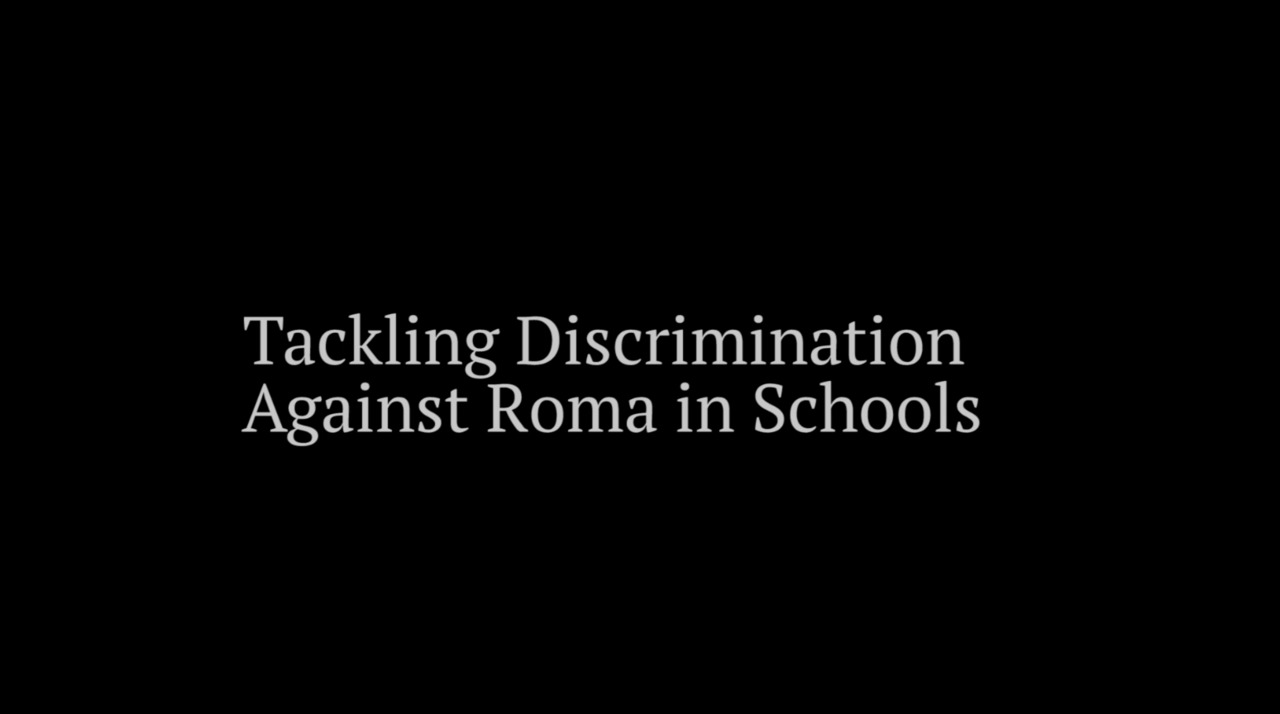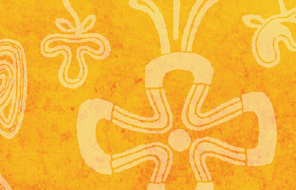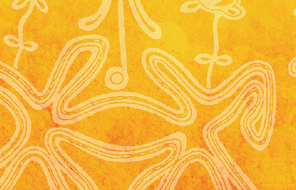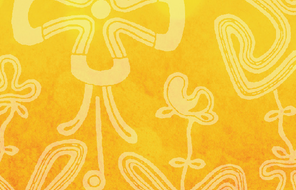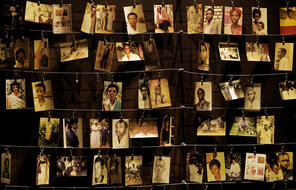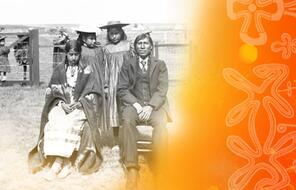I think that earlier, we were discussing about the nature of prejudice. And there are different layers or different stages that we can look at when we speak about Roma.
[NON-ENGLISH SPEECH]
At the level of community, often you will find non-Roma parents, non-Roma people that would be reluctant to have their own children in the same classroom or in the same playing ground with the Romani kids.
And this is not because they think that they are violent or so, but just because they think that they do not wash themselves, because there is an idea that Roma are dirty. Or because they think that they do not get enough education in the home, so that might influence their own kids.
[NON-ENGLISH SPEECH]
But then there is another layer, which is, I think, the next stage. And it is discrimination that happens at the institutional level. And when it comes to institutions, one of the pillars of a society is the school. And often the Romani kids are placed into segregated classes, separated schools, or schools for children with special needs.
And they are placed there, because teachers, they think that they are not good enough to keep up with the non-Roma peers. And therefore, at the end, they finish school and many of them would not know how to read and how to write.
[NON-ENGLISH SPEECH]
Very often, teachers go in a Roma classroom without high expectations from their performance.
[NON-ENGLISH SPEECH]
And that's the situation in many Roma classes or Romani schools, because the quality of education that these children receive is very, very bad.
[MUSIC PLAYING]
I think that the most important thing to do is to tackle education and the educational system that exists in Europe by adding to the existing curriculum parts about anti-bias education, human rights, and also Roma history and some Roma culture. So therefore you help the next generation to portray the Roma in a different way and to give them the chance to have a critical thinking when it comes to reading news about Roma, but also knowing some of the historical facts, and also having an understanding about what bias and prejudice is.
When, at least, racism and discriminatory speech would not be acceptable and accepted in Europe, then I think we will be in a better place to social inclusion of the Roma population.
[MUSIC PLAYING]
